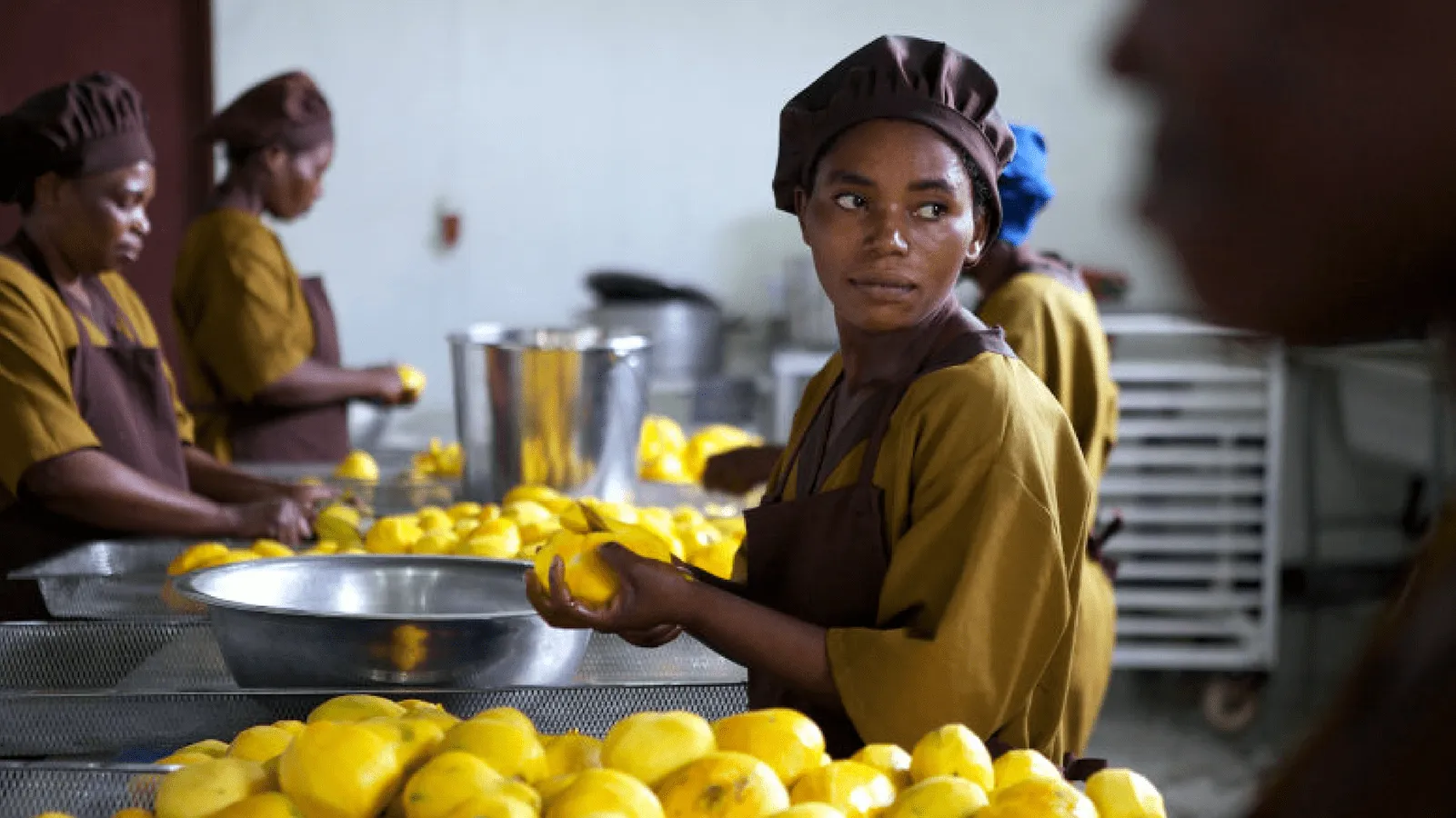Unlocking Zambia's agricultural potential through smart investments in agro-processing

Zambia, in southern Africa, is a landlocked country with immense agricultural potential. Out of the country's 75 million hectares of land, 58% or 42 million hectares is classified as medium-to-high potential for agricultural production. The 15% that is actually being utilized for agricultural purposes yields enough produce that Zambia is able to export some of its vast harvest such as maize, soybeans, coffee, groundnuts and rice to its neighbours.'
Zambia's grain and milling sector may have grown in importance, attracting investments from both local and foreign investors, and contributing significantly to the country's economic growth, but the country has other opportunities to grow its mantle as an agriculture powerhouse in the region. Agricultural value addition as a government strategy for economic growth extends beyond maize farms and includes other important Zambian produce including cashew nut, mangoes and tomatoes, among others.
Cashew nut processing grows in importance
Cashew nut was first introduced in Zambia in the 1940 but decades of mismanagement of the sector left many farmers abandoning the crop for other lucrative alternatives. By 2015, production had plummeted to 50 tonnes per annum. This decline left the country's 2 cashew processing companies namely Western Cashew Industries Limited and Barotse Cashew Company Limited ' which have total estimated capacity to process 780 tonnes per year ''' to order raw cashew nuts from Tanzania for processing in order to sustain their businesses.'
The neglect of cashew nut was unfortunate because unlike maize which trades at about US$300 per tonne, cashew nut is a high value product selling at an average farm gate price of US$500 per tonne with the price of the finished processed product going as high as US$11,200, according to data from Statista. Given its high value, recent Zambian regimes have prioritized cashew production as part of economic diversification and as a poverty reduction strategy in Western Province.
Cashew nut prioritization saw Zambia launch a US$55.4 million Cashew Infrastructure Development Project (CIDP) in conjunction with the African Development Bank (AfDB) to revive the sector. The 5-year project was targeting to add at least 6 million productive cashew trees, providing a new source of livelihood to almost 60,000 farmers in the country's western region.'
To further stimulate growth in the sector, former President Edgar Lungu in June 2021 launched the cashew nut plantation initiative which is under the US$32.8 million Zambia Integrated Forest Landscape Project (ZIFLP) in Chasefu district in Eastern Province. Ministry officials at the time revealed that the World Bank funded project targeted to benefit about 15,000 farmers.
For the years that it has been in operation, CIDP has made attempts to address the challenges holding back developments in the sector by supporting cashew value chain infrastructure such as feeder roads, irrigation facilities, bulking centres and agro-processing facilities.'
An AfDB report indicated by the end of its tenure in June 30, 2022, CIDP will raise Zambia's cashew nut production by 48,000 tonnes and raise the sector's contribution to foreign exchange by US$8 million. Although the project may not fully achieve its objectives, it has certainly transformed the cashew nut sector in Zambia's Western region, providing a new source of livelihood to farmers. More women are now starting cashew-based enterprises, providing direct competition to the Barotse Cashew Company which had for a long-time enjoyed a monopoly status in the region.
'The cashew value chain has so far created the processing industries where the cashew nuts are being processed into butter and biscuits. This also includes processing of cashew nut apple into juice and liquors such as cashew nut wines,' Zambia Agriculture Research Institute technical research assistant Bwalya Kaponda said in an interview with Zambia Daily Mail.
With Zambia's cashew nut expected to rise tenfold in the coming decades, the government is not slacking in its quest to find opportunities for value addition locally. Supply in the coming years will certainly outstrip local processing capacity which is slightly above 780 tonnes annually.
To avert an oversupply crisis, the government is currently looking for private sector players to invest in a new US$5 million cashew nut processing facility in the country's capital Lusaka. According to a project proposal by the Zambia Development Agency, the cashew nut processing plant will produce an average of 12,000 tonnes of cashew kernels per annum. 'The private investors will be expected to meet the entire project costs of US$5 million,' ZDA said in the proposal. 'GRZ, Zambia Development Agency (ZDA), Ministry of Trade Commerce and Industry (MCTI), Ministry of Agriculture and Livestock (MAL) and other Government Agencies will assist the private investors to establish the project, through various forms of interventions.''
)
)
)
)
)
)
)
)
)
)
)
)
)
)
)
)
)
)
)
)
)
)
)
)
)
)
)
)
)
